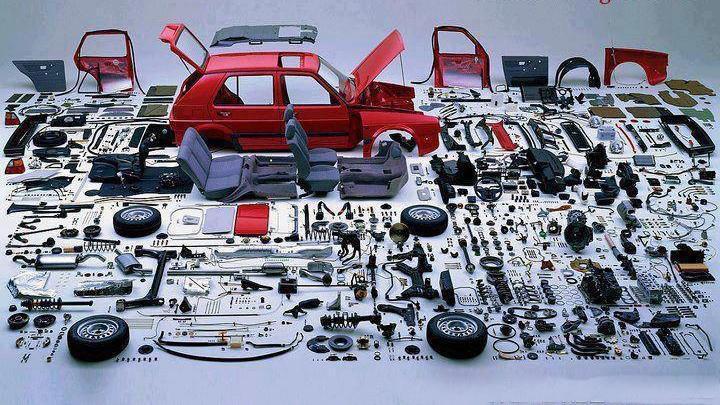BEIJING, Feb. 27 (Xinhua) – China is likely to roll out more policies to stimulate new auto and second-hand vehicle consumption, reported the Xinhua-run Economic Information Daily Wednesday.
Earlier in end January, ten Chinese regulators just released a plan targeting optimizing supply structure and promoting stable consumption growth, in which six of 24 detailed measures are drafted for auto market, whose sales accounts for over one fourth of China’s total social consumer goods sales by relevant large size enterprises.
What’s more, an amendment draft for end-of-life vehicles (ELVs) recovery management rules has also been approved in late February, removing restrictions over the number of ELVs recovery enterprises and allowing remanufacturing and use of ELVs’ five key parts to increase auto replacement consumption.
The newspaper quoting Chinese authorities said China will pour efforts to speed development of new auto circulation modes to improve efficiency and consumption experience and amend second-hand vehicle circulation management rules to boost second-hand vehicle market this year. Apart from these, Chinese policy makers are also working on measures to stimulate post car market to form new growth engines.
Zheng Shuwei, head of Department of Market System Development under Ministry of Commerce (MOC) pointed out that MOC will actively press ahead with the auto vehicles circulation reform to accomplish high-quality development and stabilize auto consumption to form a strong market.
Statistics from China Association of Automobile Manufacturers (CAAM) showed China’s auto vehicle sales were 2.3673 million in January, down 15.76 percent year on year and passenger vehicle sales dropped 17.7 percent year on year.
However, some institutions hold that despite the January auto sales decline, China’s passenger vehicle wholesale data still points to positive inventory reducing in the auto industry.
Under such circumstances, Chinese local governments are also cranking up efforts to boost auto consumption. North China’s Hebei province announced a policy package including a 3-year plan for wider application of new energy vehicles (NEVs). Other cities and provinces such as Beijing, Shanghai, Zhejiang, Hunan, Liaoning, and Shandong are busy crafting world-class NEVs industrial clusters and global auto industry centers integrating whole vehicle manufacturing, R&D, parts, and application.
In spite of the sluggish January auto sales, CAAM data told NEVs production and sales hiked 113 percent and 138 percent year on year in January, proving the growth potential of China’s auto market.
Some experts predict along with debut of consumption boosting measures, China’s auto market inventory digesting will accelerate and auto sales data is expected to recover in the future.
Ning Jizhe, deputy head of China’s top economic planner the National Development and Reform Commission, said China’s auto market approached a size of 30 million ones in the past year but still had potential for growth.
Publicized data shows China’s population, economy, and resident incomes will keep growing and urbanization level will continue to improve, both likely to create growth space for national auto consumption.
Currently, China’s outstanding autos ranked the second worldwide but average car ownership per 1,000 persons stays at less than 170 ones, far below the average data in developed countries. Enditem (Edited by Duan Jing, duanjing@xinhua.org)




 A single purchase
A single purchase









